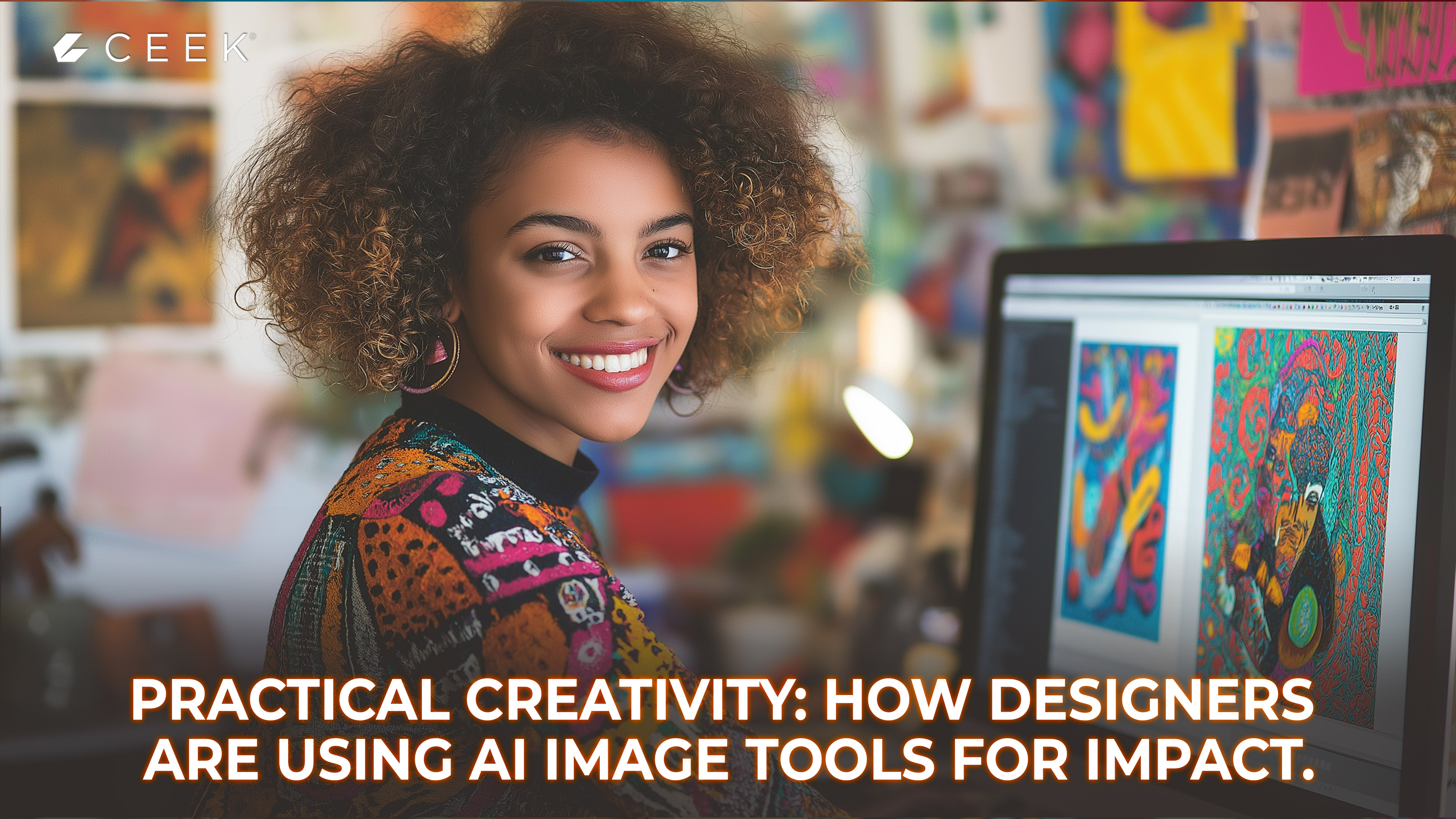



Practical Creativity: How Designers Are Using AI Image Tools for Real Impact
Artificial Intelligence is no longer a buzzword in the design world—it’s a daily tool. From early-stage concepting to polished final assets, AI image generators are reshaping how designers work, think, and deliver.
What was once seen as a creative threat is now being embraced as a powerful enhancement. Designers aren't replacing their skills with machines—they're using AI to expand what’s possible. Welcome to the age of practical creativity, where technology meets intention.
Redefining the Creative Process
AI image tools like Midjourney, DALL·E, Adobe Firefly, and Stable Diffusion have evolved far beyond novelty. Designers now use them to:
- Generate concept art in seconds
- Explore multiple visual directions with minimal effort
- Create detailed mockups and prototypes
- Enhance visual storytelling through unexpected aesthetics
- Speed up iteration and reduce production time
What used to take hours of sketching or sourcing references can now be done in minutes—with more variety, precision, and flexibility.
Real-World Applications in Design
AI tools are making a tangible impact in the following ways:
1. Branding & Identity Work
Designers can use AI to test logo ideas, color palettes, and typographic combinations quickly—then refine with a human eye.
2. UX/UI and Web Design
Concept visuals and wireframe illustrations are generated in seconds, helping teams communicate ideas early in the process.
3. Marketing & Campaign Assets
Need variations of a product in different styles or settings? AI tools create endless possibilities for ad creatives, social posts, and product launches.
4. Moodboards & Visual Research
AI helps designers produce high-quality moodboards that set the tone for client pitches or internal brainstorms.
5. Packaging & Product Concepts
Quick visualizations of packaging ideas, product iterations, and shelf impact simulations are now faster and more collaborative.
Enhancing, Not Replacing
There’s a common misconception that AI will eliminate the need for human designers. But in practice, the most effective uses of AI come from those who understand design deeply.
Designers provide:
- Strategic thinking
- Cultural sensitivity
- Storytelling frameworks
- Brand alignment
- Ethical awareness
AI might generate visuals, but only designers can guide those visuals toward real-world impact and emotional resonance.
Ethical Considerations and Ownership
As designers embrace AI tools, it's critical to consider:
- Who owns the final design?
- How transparent should creators be about AI use?
- Are the AI tools sourcing ethically from original artists?
- Should client briefs include disclaimers for AI-generated elements?
Being clear about process, authorship, and ethical standards ensures AI is used responsibly and professionally.
Designing in a Hybrid Era
We are entering a new design paradigm—where human imagination and machine generation exist side-by-side. In this hybrid era:
- Speed is increased, but quality remains the focus
- Ideas are more easily tested, but still require intuition to succeed
- Tools are smarter, but creativity stays human
Designers who lean into this collaboration are not only staying relevant—they’re leading the next wave of visual innovation.
Final Thought
AI image tools aren't about cutting corners—they're about cutting friction. They reduce the gap between an idea and its visual form, empowering designers to create with more agility and impact.
In a world where speed matters and attention is scarce, practical creativity isn’t a compromise—it’s a competitive edge.
Design faster. Think deeper. Create smarter.


